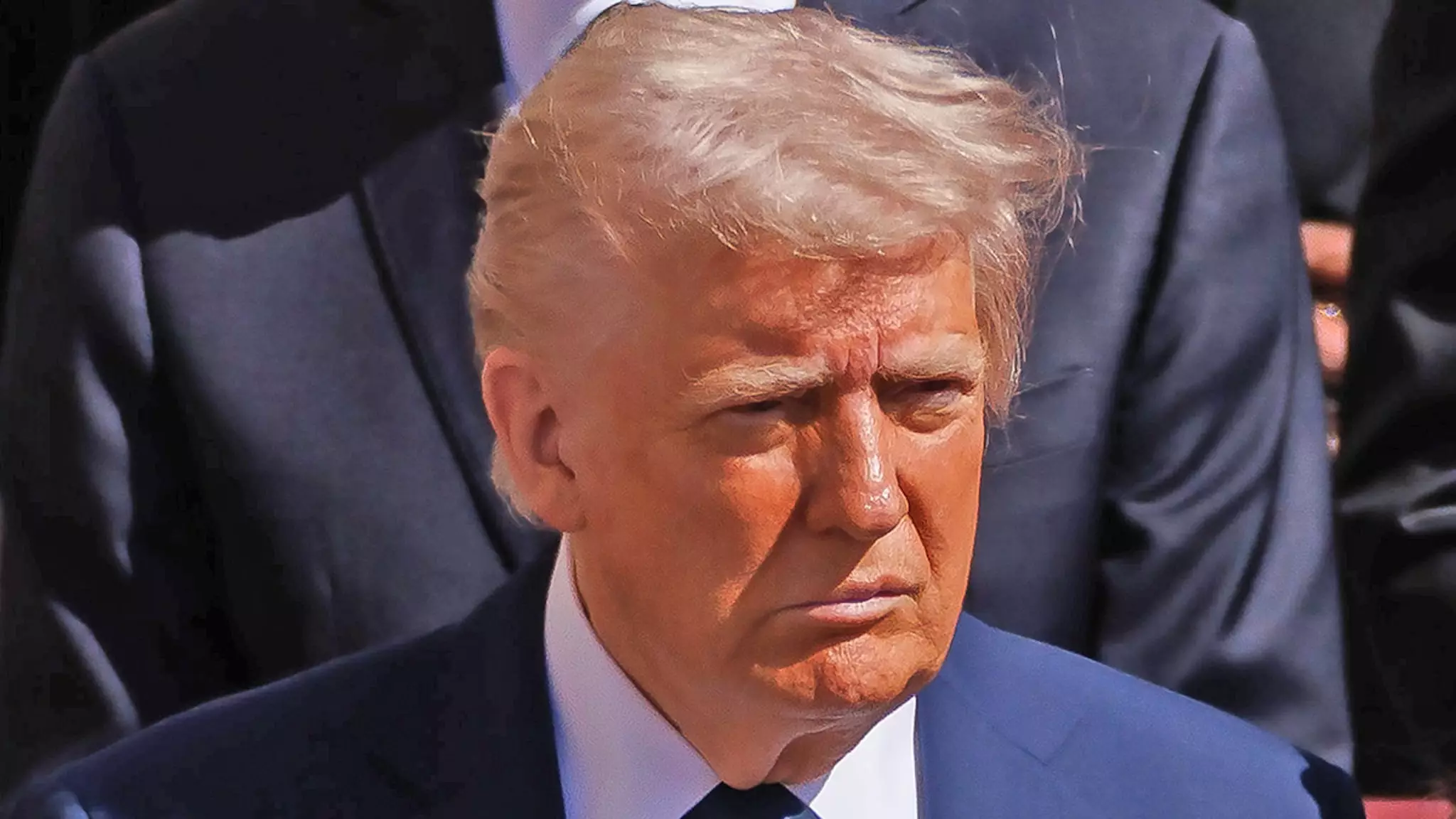When former President Donald Trump appeared at Pope Francis’ funeral wearing a bright blue suit, he sparked a wave of reactions that ranged from outrage to amusement. The event, solemn and deeply significant to millions around the globe, was marred for some by the uncharacteristic color choice of the leader. While Trump and First Lady Melania Trump carried themselves with respect throughout the proceedings, the stark contrast of Trump’s attire against the sea of black attire that most attendees sported made him the focal point of criticism, particularly on social media platforms.
While attire at funerals is often dictated by unspoken social fixtures—specifically, the reverence for the deceased and the customs associated with mourning—Trump’s choice boldly diverged from such expectations. In a setting where somberness and respect were paramount, this deviation lent itself to an analysis of how personal style can clash with cultural expectations, especially in an event centered around the figure of Pope Francis, a leader known for his emphasis on humility and community.
Social Media’s Outcry and Political Implications
The reaction on social media was swift. Critics primarily from the left interpreted Trump’s flamboyant choice as a misstep, suggesting a lack of sensitivity toward an occasion that called for solemnity. The overarching narrative was not merely about clothing but rather what Trump’s sartorial selection said about respect and decorum in a political climate already fraught with divisiveness.
Furthermore, the criticism took on a layer of irony in light of past events, such as the scrutiny that Ukrainian President Volodymyr Zelensky received for opting out of a formal suit when meeting with Trump. Critics argued that while wartime leaders often dress for symbolism rather than formality to exhibit solidarity, Trump’s choice seemed hypocritical amid the backdrop of such historical discussions regarding attire in political contexts.
A Tradition of Suit and Tie: The Subtle Political Statements
The discussion of clothing at funerals is not merely about aesthetics; it taps into the very fabric of political discourse. The expectation of wearing black is steeped in tradition, akin to how leaders adapt their attire as a means of conveying respect or solidarity with a particular cause. Trump’s choice marks a curious juxtaposition, as it recalls past occasions where he adhered to tradition, like during former President Jimmy Carter’s funeral, where he opted for a more traditional black suit.
Moreover, this instance begs the question: is fashion merely a superficial concern, or does it play an essential role in communicating one’s values? As Trump’s administration often thrived on being provocative and pushing boundaries, this particular choice seemingly fell in line with that ethos. Yet here, it rendered him susceptible to backlash precisely because the context demanded decorum above all else.
The debate surrounding his choice of clothing at such an event reveals much about the climate of judgment and interpretation surrounding public figures. It emphasizes that even the slightest deviations from the norm can galvanize strong opinions, demonstrating how intertwined personal expression is with public perception in today’s political landscape.

